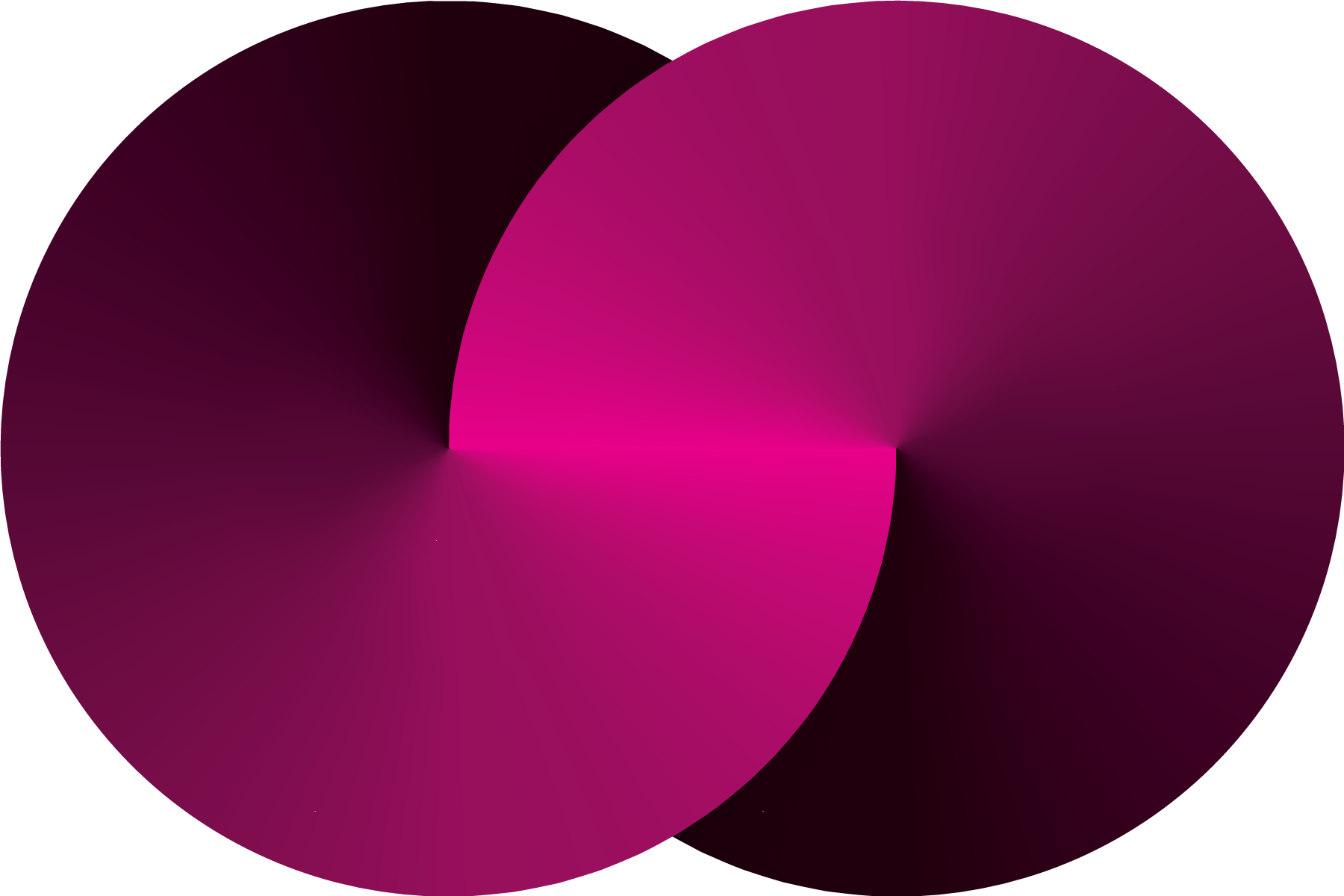A promising stride towards a unified blockchain network comes from Polygon Labs, the Ethereum-scaling solutions developer. Their latest innovation, the AggLayer protocol, set to debut next month, aims to mend the “divided blockchain landscape” by weaving together multiple networks into what feels like a singular chain.
As detailed in a January 24 blog post, Polygon envisions AggLayer as a solution that aggregates zero-knowledge (ZK) proofs from diverse blockchains. The primary goal is to empower developers to effortlessly connect layer 1 and 2 blockchains, merging them into a cohesive network.
Polygon Labs asserts that the AggLayer solution, designed to enhance user experience, will make interacting with this amalgamated blockchain network akin to using the internet. Users, according to Polygon Labs, will no longer be burdened with the complexities of frequent bridging to access different chains.
In a use case example, Polygon Labs illustrates a scenario where a user on Ethereum L2 chain X1, holding Dai, seamlessly buys a nonfungible token (NFT) on Polygon’s zero-knowledge Ethereum Virtual Machine (zkEVM) without the need to bridge DAI to the zkEVM.
“For end users, this will feel like using a single chain,” Polygon Labs states. “Users can interact with [decentralized applications] without needing to know that they are accessing another chain.”
Polygon Labs’ motivation behind AggLayer is grounded in the conviction that blockchains should evolve into a “unified, highly scalable network,” mirroring the seamless nature of the internet. Currently, the blockchain landscape is perceived as “siloed and lacking interoperability,” resulting in suboptimal user experiences and scalability challenges, according to Polygon Labs. The AggLayer protocol aims to bridge these gaps, creating a more interconnected and user-friendly blockchain environment.


